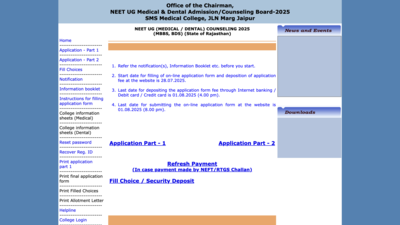Hybrid work has evolved from an emergency response into a defining feature of the modern US workplace. What began in 2020 as a sudden shift to remote setups due to the pandemic is now an entrenched part of work culture, particularly for roles deemed “remote-capable.” According to the latest 2025 data from Gallup, a US-based global analytics and advisory firm known for its research on workplace trends, 51% of US employees with remote-capable jobs are currently working in a hybrid arrangement, while 28% work exclusively remotely and just 21% are on-site full time. These numbers highlight how flexible work arrangements have moved from novelty to norm.
A shift rooted in crisis
The workplace transformation began in 2020, when COVID-19 forced organisations to close physical offices and adopt remote setups overnight. What initially seemed temporary gradually proved effective. Employees reported improved work-life balance, and productivity remained stable. By 2021, hybrid work, a combination of remote and in-office time, had taken hold, offering a sustainable middle ground between flexibility and collaboration.Gallup began tracking remote-capable job roles during this period. The company’s 2025 indicator report shows a clear trend: Hybrid work has not only endured but become dominant, maintaining above 50% prevalence for over two years.
The long arc of flexibility
From 2019 to 2025, Gallup’s chart on US work locations shows a steep decline in on-site work and a parallel rise in hybrid and remote arrangements. In 2019, over 60% of employees in remote-capable jobs worked on-site. That number plunged during the pandemic and has stabilised at just 21% in 2025. In contrast, hybrid work jumped from 32% in 2020 to a peak of 55% in 2023, currently holding steady at 51%. This reflects a long-term realignment of expectations between employers and employees.According to Randstad’s 2025 Workmonitor report, 83% of employees said they prioritise work-life balance. Pay was cited as a priority by 82%, coming in slightly behind. This highlights that balance now ranks higher than compensation, signaling that flexibility is no longer just a perk but a core expectation in today’s workplace.
Why hybrid works
Hybrid work models offer several strategic advantages. Employees benefit from reduced commuting time, increased autonomy and the ability to structure their days for better personal and professional balance. Employers, in turn, gain access to a wider talent pool unrestricted by geography and often see reduced overheads through downsized or redesigned office spaces.Technological improvements have made this possible. From cloud collaboration tools to secure virtual private networks, companies now have the infrastructure to support distributed teams without sacrificing productivity. Many have also reconfigured physical offices to suit hybrid needs, embracing hot-desking, shared collaboration zones and open layouts to make in-office days more meaningful.
What the future holds
Looking ahead, companies are exploring more variations within the hybrid model. Four-day workweeks, asynchronous schedules and location-agnostic roles are being tested across sectors. At the same time, artificial intelligence is helping streamline task management and internal communication, making flexible setups even more productive.As Gallup’s report suggests, the hybrid shift is not a fleeting experiment. It reflects a deeper cultural transformation in how work is structured, evaluated and integrated into life. For organisations, success lies in being adaptive, listening to employee feedback, updating policies regularly and using technology to create seamless, outcome-driven workflows.The hybrid working model is more than a logistical adjustment. It is a redefinition of the employer-employee relationship. As of 2025, the majority of US remote-capable workers are choosing hybrid work not just for convenience but for balance, autonomy and well-being. Companies that respond to these priorities with thoughtful strategies and the right tools will be best placed to attract, engage and retain top talent.In an era where flexibility rivals compensation as a career motivator, hybrid work is no longer a question of “if” but of “how well.” And as Gallup’s data reveals, organisations that answer that question with clarity and commitment will lead the future of work.TOI Education is on WhatsApp now. Follow us here.






